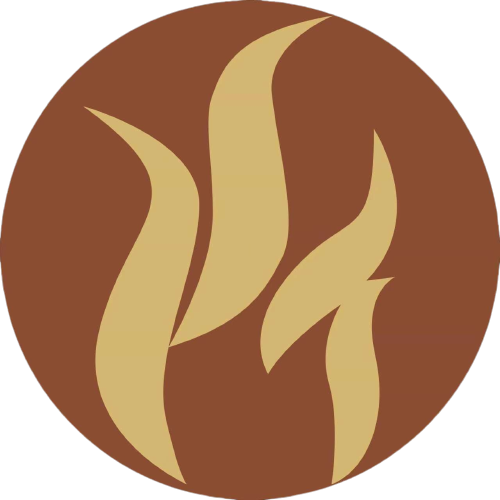CNC machining involves the use of computer numerical control (CNC) machines to shape and resize a piece of material, or workpiece, by automatically removing material. Typically, the material used is plastic or metal, and when removal is complete, the finished product or product has been produced.
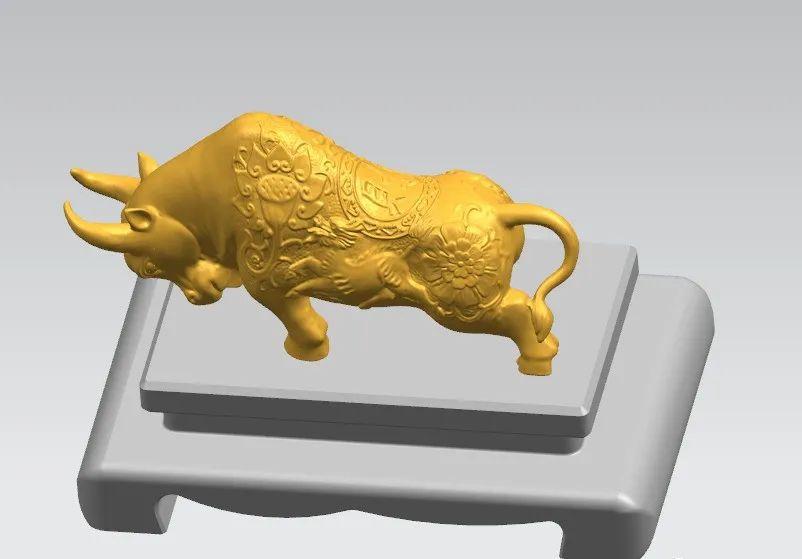
This process is also known as subtractive manufacturing. For CNC machining, a computer application is used to control the movement of the machine tool.
Types of common CNC machine tools
CNC machining processes include the most common milling and turning, followed by grinding, electrical discharge machining, etc.
Milling
Milling is the application of a rotary tool to the workpiece surface, moving along 3, 4 or 5 axes. Milling is basically the cutting or trimming of workpieces, allowing complex geometries and precision parts to be quickly machined from metals or thermoplastics.
Turning
Turning is the use of a lathe to manufacture parts containing cylindrical features. The workpiece rotates on a shaft and contacts a precision turning tool to form rounded edges, radial and axial holes, grooves and grooves.
Advantages of CNC machining
Compared to traditional manual machining, CNC machining is much faster. As long as the computer code is correct and conforms to the design, the finished product has high dimensional accuracy and small errors.
CNC manufacturing is an ideal rapid prototyping manufacturing method. It can also be used to manufacture end-use products and components, but is usually only cost-effective in low-volume, short-run production runs.
Multi-axis CNC machining
CNC milling involves removing material using rotating tools. Either the workpiece remains stationary and the tool moves onto the workpiece, or the workpiece enters the machine at a predetermined angle. The more axes of motion a machine has, the more complex and faster its forming process becomes.
3-axis CNC machining
Three-axis CNC milling remains one of the most popular and widely used machining processes. In 3-axis machining, the workpiece remains stationary and the rotating tool cuts along the x, y, and z axes. This is a relatively simple form of CNC machining that produces products with simple structures. It is not suitable for machining complex geometries or products with complex components.
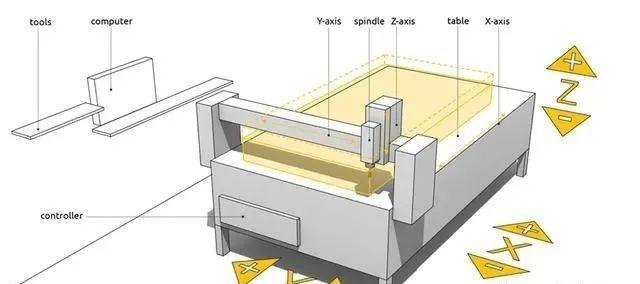
Since only three axes can be cut, machining can also be slower than with four or five-axis CNC, as the workpiece may need to be manually repositioned to obtain the desired shape.
4-axis CNC machining
In four-axis CNC milling, a fourth axis is added to the motion of the cutting tool, allowing rotation around the x-axis. There are now four axes - x-axis, y-axis, z-axis and a-axis (rotation around the x-axis). Most 4-axis CNC machines also allow the workpiece to rotate, which is called the b-axis, so that the machine can function as both a milling machine and a lathe.
4-axis CNC machining is the way to go if you need to drill holes on the side of a piece or on the surface of a cylinder. It greatly speeds up the machining process and has high machining accuracy.
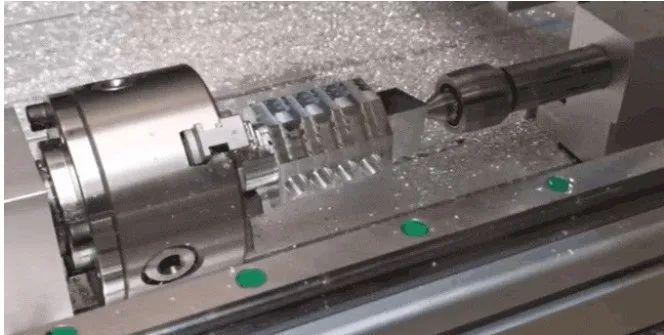
5-axis CNC machining
Five-axis CNC milling has an additional axis of rotation compared to four-axis CNC. The fifth axis is the rotation around the y-axis, also known as the b-axis. The workpiece can also be rotated on some machines, sometimes called the b-axis or c-axis.
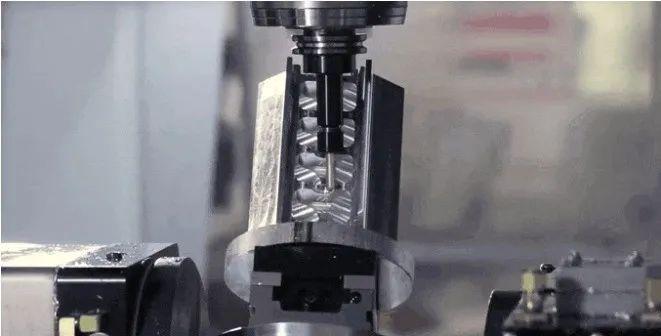
Due to the high versatility of 5-axis CNC machining, it is used to manufacture complex precision parts. Such as medical parts for artificial limbs or bones, aerospace parts, titanium parts, oil and gas machinery parts, military products, etc.
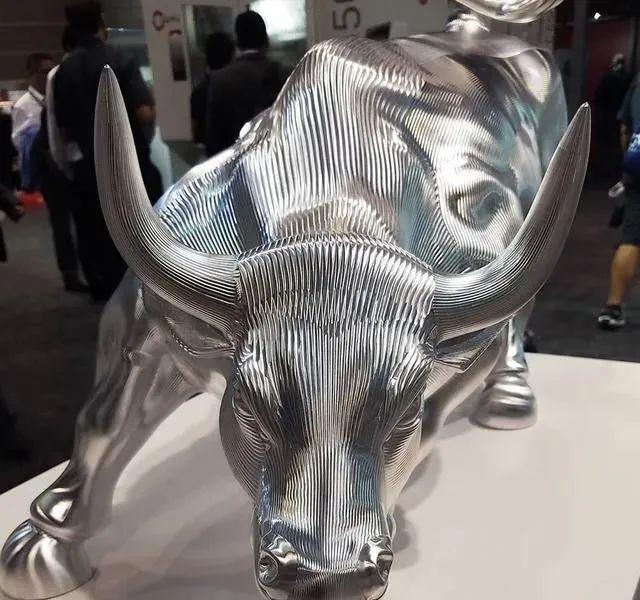
Post time: Sep-29-2022
